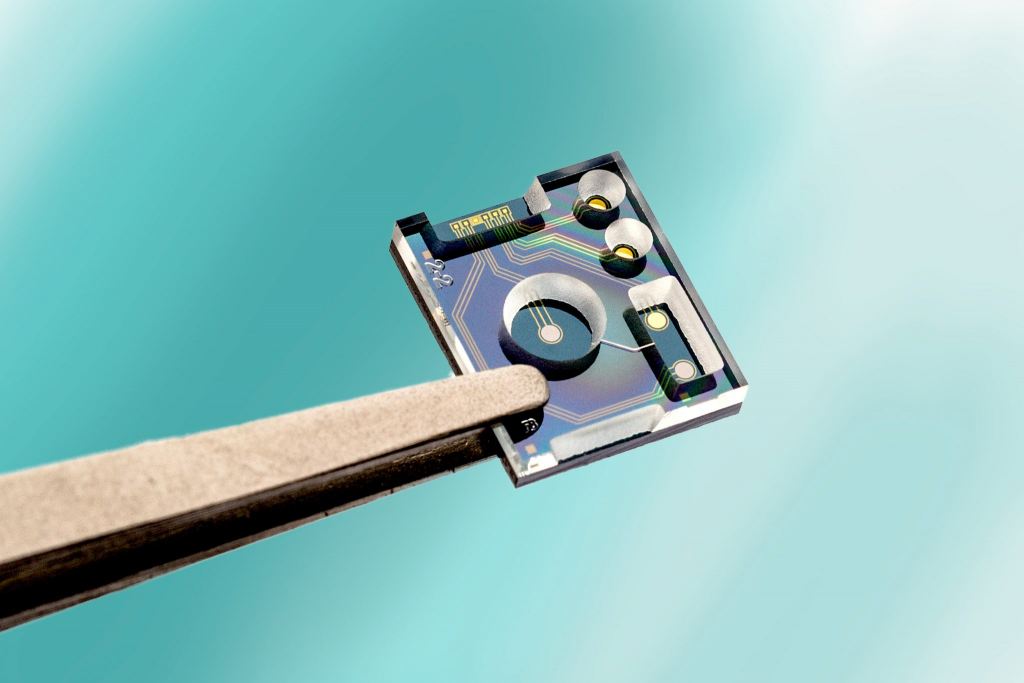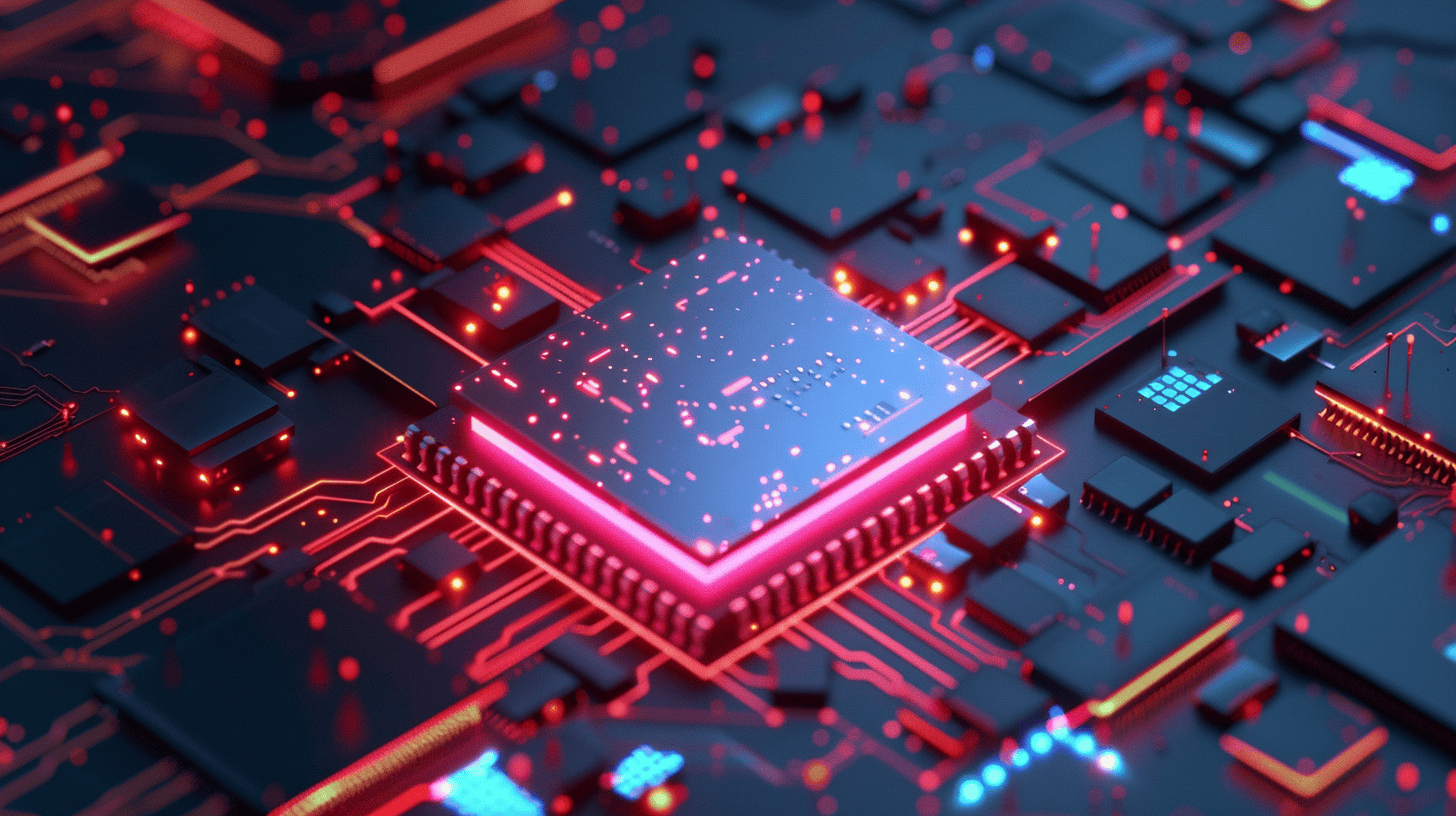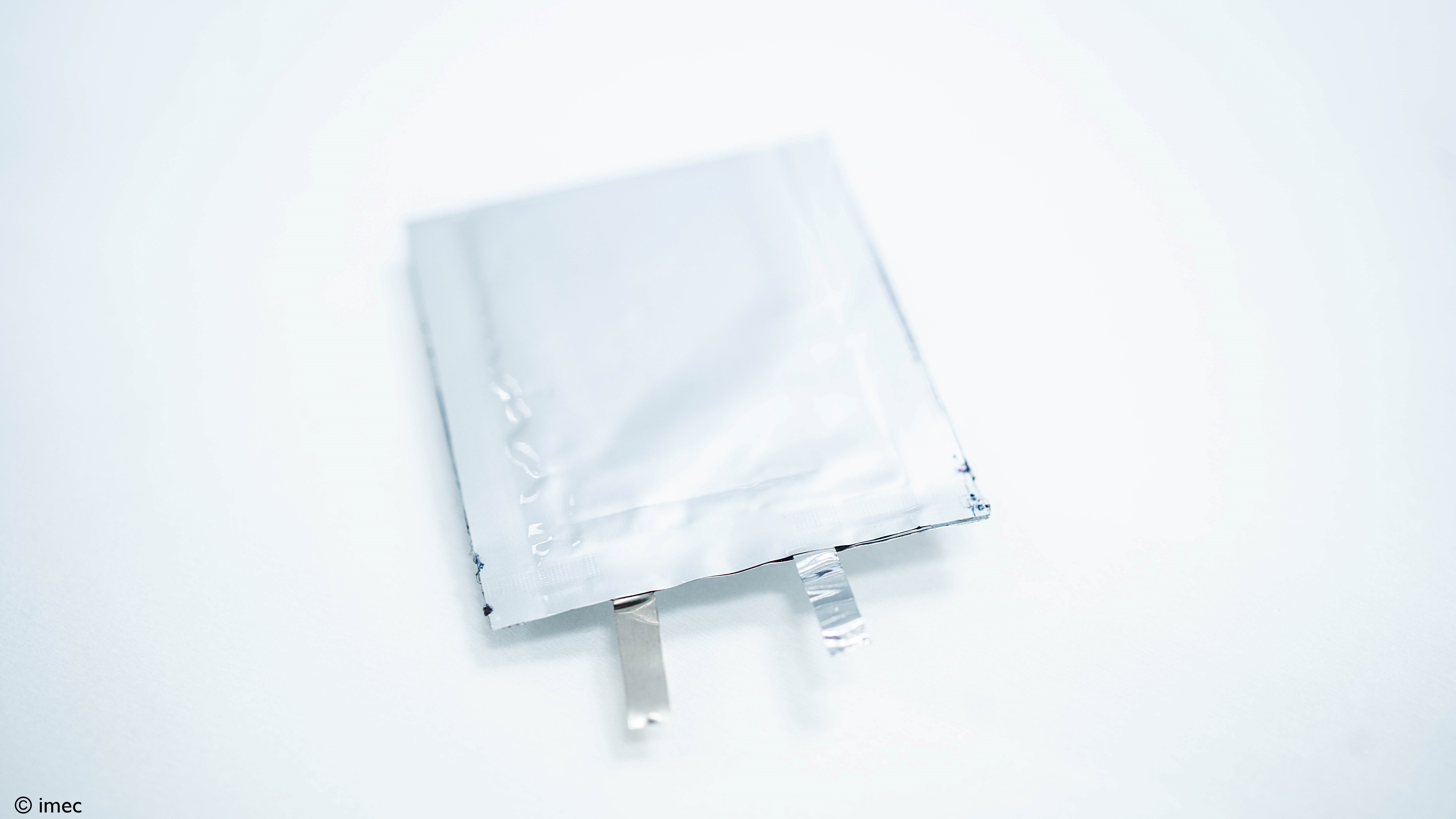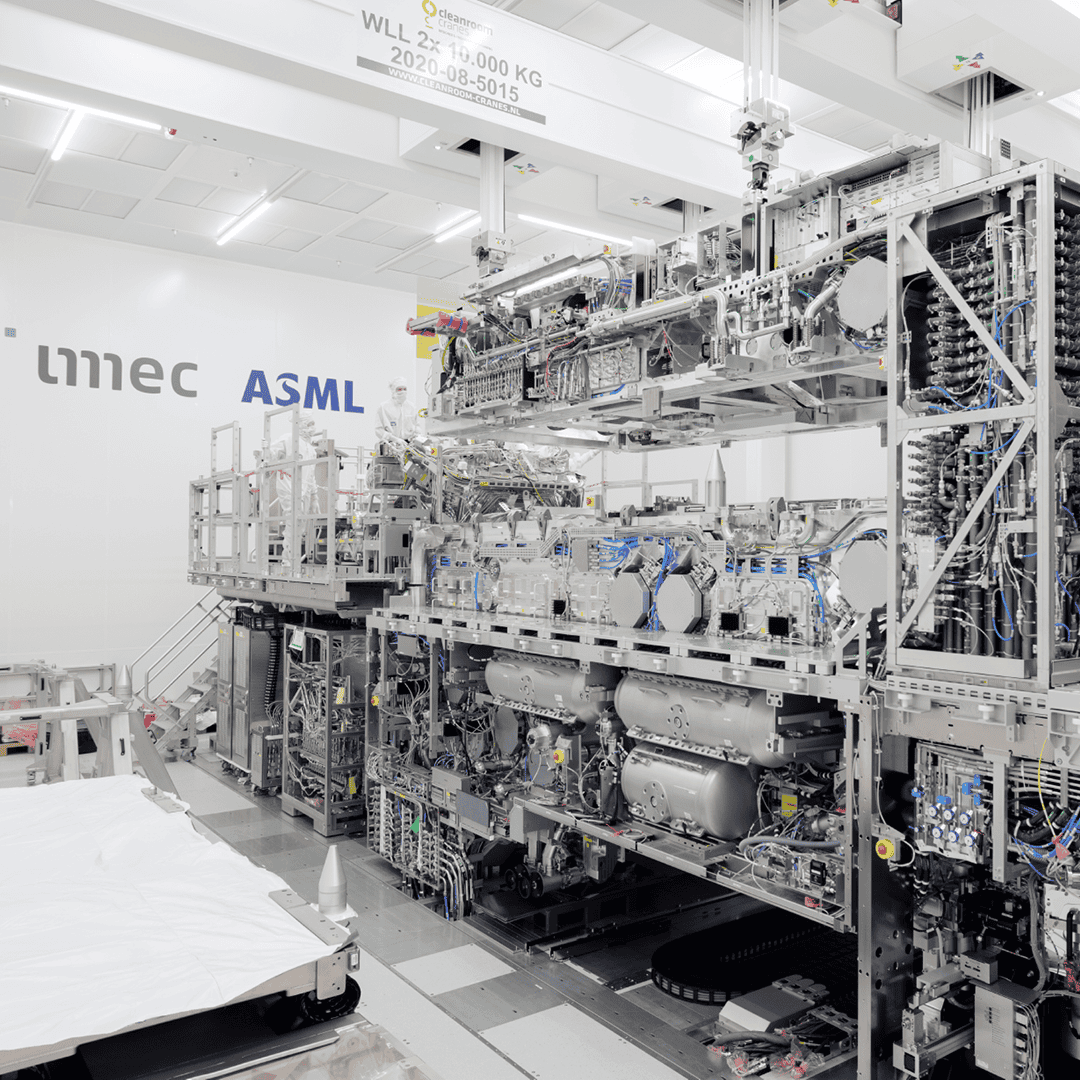
Imec and Holst Centre have introduced a miniaturized sensor that simultaneously determines pH and chloride (Cl-)levels in fluid. This innovation is a breakthrough for accurate long-term measurement of ion concentrations in applications such as environmental monitoring, precision agriculture and diagnostics for personalized healthcare.
The sensor is an industry first and thanks to the SoC (system on chip) integration it enables massive and cost-effective deployments in Internet-of-Things (IoT) settings. Sensors based on ion-selective membranes are considered the standard to measure ion concentrations in many applications, such as water quality, agriculture, and analytical chemistry. They consist of two electrodes, the ion-sensitive electrode with the membrane (ISE) and a reference electrode (RE). When these electrodes are immersed in a fluid, a potential is generated that scales with the logarithm of the ion activity in the fluid, forming a measure for the concentration. However, the precision of the sensor depends on the long-term stability of the miniaturized RE, a challenge that has now been overcome.
“We are providing groundbreaking sensing and analytics solutions for the IoT,” stated John Baekelmans, Managing Director of imec in The Netherlands. “This new multi-ion sensor is one in a series that Holst Centre is currently developing with its partners to form the senses of the IoT. For each sensor, the aim is to leapfrog the current performance of the state-of-the-art sensors in a mass-producible, wireless, energy optimized and miniaturized package.”








